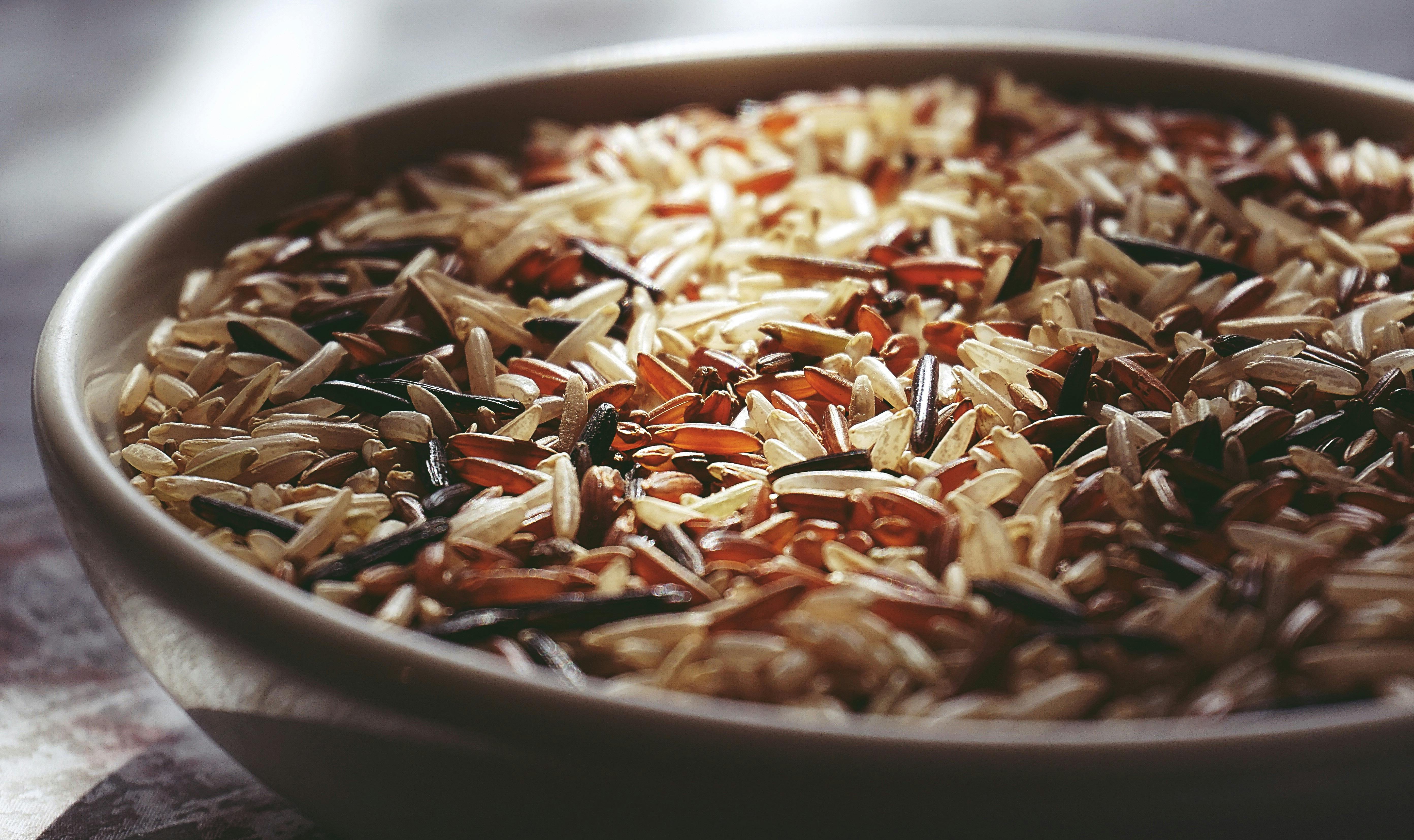
March 10, 2025
Are grains good or bad? Will you benefit from going grain free? Let's see what the research has to say!
Our ancestors primarily lived as hunter-gatherers, and grains and legumes were not staple foods in their diets. Widespread grain consumption only began with the Agricultural Revolution around 10,000 years ago. Given that humans have existed for approximately 300,000 years, some scientists argue that this is a relatively short period for significant genetic adaptation to grain-based diets.
The transition to agriculture was associated with a decline in skeletal health—evidenced by shorter stature, increased dental cavities, and weaker bones—along with nutrient deficiencies and early signs of metabolic diseases such as obesity (1).

Many studies have concluded that gluten (a protein in wheat), may contribute to a host of health issues ranging from leaky gut to neurodegeneration to autoimmunity (2,3,4,5)
Despite this, a large body of current evidence is highly suggestive that legumes and whole grains confer health benefits to the majority; Large scale high quality studies show improvements in cardiovascular, gut and metabolic health with increased whole grain consumption (6,7,8,9).
So what’s the deal?!
In their pure, less-processed form, whole grains provide key nutrients like vitamin B1 (thiamine) and beneficial fibers such as beta-glucans, arabinoxylans, and resistant starch—nutrients and fibers that aren’t always abundant in other foods. Vitamin B1 plays a crucial role in neurological function and energy production, while these specialized fibers feed beneficial gut bacteria, which support essential aspects of health, including immune, hormonal, and neurological function. Suboptimal intake of these nutrients can have widespread effects on health.
That said, the potential downsides of grains can exist alongside their benefits, and their impact varies from person to person. What works well for the majority may not be ideal for the individual—especially for those with autoimmune conditions.
For those avoiding grains, check out my last article, where I explore grain-free sources of these key fibers and nutrients.

Plus, not all grains are created equal! The quality of grains and legumes can make a HUGE difference in whether or not they are helpful or hurtful.

Interestingly, in alignment with these points, while a large-scale research study (meta-analysis) suggested a protective effect of whole grains against digestive cancers, it also found this benefit did not apply to U.S.-based studies on gastric cancer (7). Non-organic U.S. grains are often treated with the greatest amounts of glyphosate—a pesticide linked to gut microbiome disruption, organ damage, metabolic dysfunction, inflammation, and immune disruption (8).
Plus, modern U.S. grains have undergone significant changes over the past century, with selective breeding focused on boosting yield and enhancing gluten strength. This shift, especially post-World War II, prioritized grains that could withstand industrial baking processes, resulting in wheat varieties with much stronger gluten structures. While these modern grains have improved efficiency in food production, they may also be contributing to digestive discomfort and inflammation for some people (9).
In contrast, ancient and heritage grains may offer a gentler alternative. Despite having similar gluten content, their weaker gluten structure appears easier to digest and has even shown anti-inflammatory and antioxidant benefits in clinical studies. That said, while these older grains may be a better option for some, they’re still off-limits for individuals with celiac disease (9).
Another meta-analysis concluded that overall, whole grains lower inflammation (10). However, I dug into the study details, and guess what? It appears the studies using U.S. grains usually did NOT lower inflammation—sometimes they even made it worse—while European grains did tend to lower inflammation.
Honestly, this shouldn’t come as a surprise if you’ve ever heard a friend say, ‘It’s crazy, I went to Europe, ate all the bread, pasta, and pizza, and didn’t even get bloated or gain weight!'
Plus, it’s important to note that genetic variability can influence individual responses. Some researchers hypothesize that those with ancestral ties to agricultural societies may have genetics that lend to better health with grain and legume consumption. Yet, those with ancestral ties to hunter-gatherer populations may not do as well with grains and legumes.

Nuts and seeds, on the other hand, were part of our evolutionary diet. These nutrient-dense foods, packed with lignans and soluble gum fibers, have long been a staple for many cultures.
However, AIP excludes nuts and seeds due to their potential to irritate the immune system and their higher lectin content, which can be problematic (for some more than others). Seeds would typically be the first thing you'd want to reintroduce after calming the immune system from being on an AIP diet for a few months.
Organic, non-processed, ancient, and/or gluten-free grains may be a great addition to some diets—but not for all people at all times. Factors like genetics, immune health, and gut integrity play a key role. Given the risks tied to pesticides, hybridization, and processing, avoiding non-organic modern grains is generally wise.
If you're struggling with inflammation or autoimmune issues, trying the grain-free, legume-free, and dairy-free AIP diet for a couple of months can act as a reset—allowing your body to calm down before slowly reintroducing high-quality foods to see what works for you. You may even find you don’t miss grains after exploring delicious grain-free options like the recipes in my E-Book (like these delicious grain-free Paleo pancakes here!).

For those who improve on a grain-free diet, working with a knowledgeable practitioner to carefully reintroduce small amounts of high-quality grains can help prevent nutrient and fiber deficiencies that may arise from long-term restriction. At the very least, you'll need to make sure you're including very specific foods to get adequate amounts of fibers and nutrients needed for health.
References:
Contact me for an assessment!
